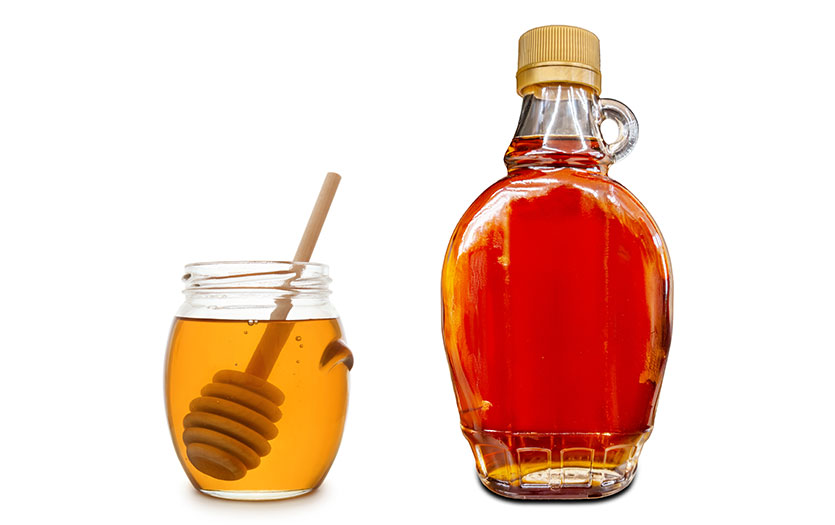Sugar can present under many masks and many names, which makes label reading seem almost impossible (unless you have a degree in chemistry). Angela LaSalle, MD, ABoIM, Medical Director of Integrative Medicine, Parkview Physician's Group – Integrative Medicine, has some guidelines to help you decipher the details.
Sugar is often listed on a food label under its chemical name. The ending for a sugar is “–ose”. Words ending with –ose, like sucrose, fructose, maltose, lactose, dextrose, mannose, are all noting some form of a sugar. Sugar may also be listed as dextrin, high fructose corn syrup, corn solids, honey, fruit juice or natural flavoring.
When looking at a food label, the ingredients are listed in order of their relative amount in a product. Be careful, too, because many processed foods may have multiple forms of sugar or sweeteners listed in their ingredients. Looking to see where the sugars fall in the list can be a clue as to how much sugar is in the product. It can be more beneficial to look at both the grams of carbohydrates and the grams of sugar listed. The higher the numbers, the more sugar it contains. Also, be sure to note the serving size. It is not uncommon to eat the entire can or package thinking that it is only one serving, but the label may list it as 2 or even more servings. Be sure to do the math with the number of servings and the grams of carbs and sugars.
Even natural sugars like honey, molasses and agave can have a detrimental effect if you consume too much. At the end of the day, sugar is sugar. Your body sees no difference between table sugar versus these less processed sugars. In your cells, these are processed the same way, so keep in mind that dousing your oatmeal with honey has the same consequences as loading it with brown sugar.
Look for foods that have around 5 grams or less of sugar listed on the label. Four grams equals about 1 teaspoon of sugar. With that frame of reference in mind, you will be able better understand exactly how much sugar you are actually eating.
And what about fruits?
The main sugar in fruit is fructose, and high levels of fructose can be especially problematic when it comes to the liver. The liver is the main organ that processes fructose. The other organs of the body will only deal with glucose. It is the intestine’s job to break down other sugars into glucose, however, it is the liver that has to deal with fructose. High amounts of fructose can cause more fat to deposit in the liver. Eventually, this can cause issues with cholesterol, blood sugar control and other liver functions. It can even progress into a disease state called non-alcoholic fatty liver disease and can permanently damage the liver.
Should you eat fruits? Absolutely. Fruits contain phytonutrients, vitamin C and other nutrients, which help fight cancer, provide antioxidants and keep us healthy. You do, however, want to watch your portion sizes and if you have an issue with insulin resistance or diabetes, lean toward fruits that are lower in sugar. Berries have a lower sugar content than most fruits, followed by solid fruits like apples, pears and citrus, with melons, grapes, banana and kiwi having higher sugar content.
The key here is moderation. When it comes to sugar, make a little go a long way, and when you can, decrease the serving size when you know you are having something that is a little higher in sugar content.
For more information on Integrative and Functional Medicine at Parkview Regional Medical Center, call (260) 672-6590.

.jpg)


